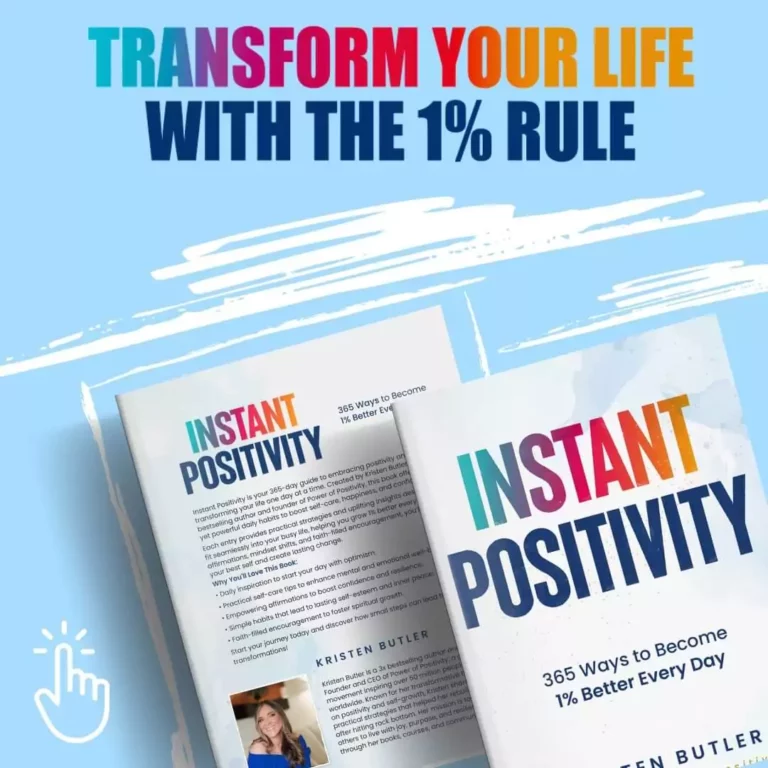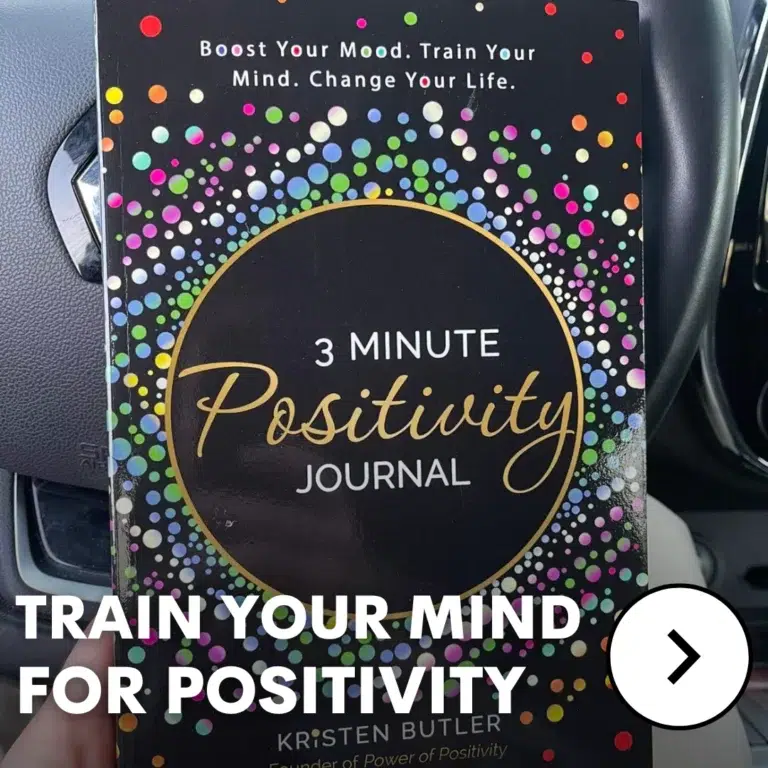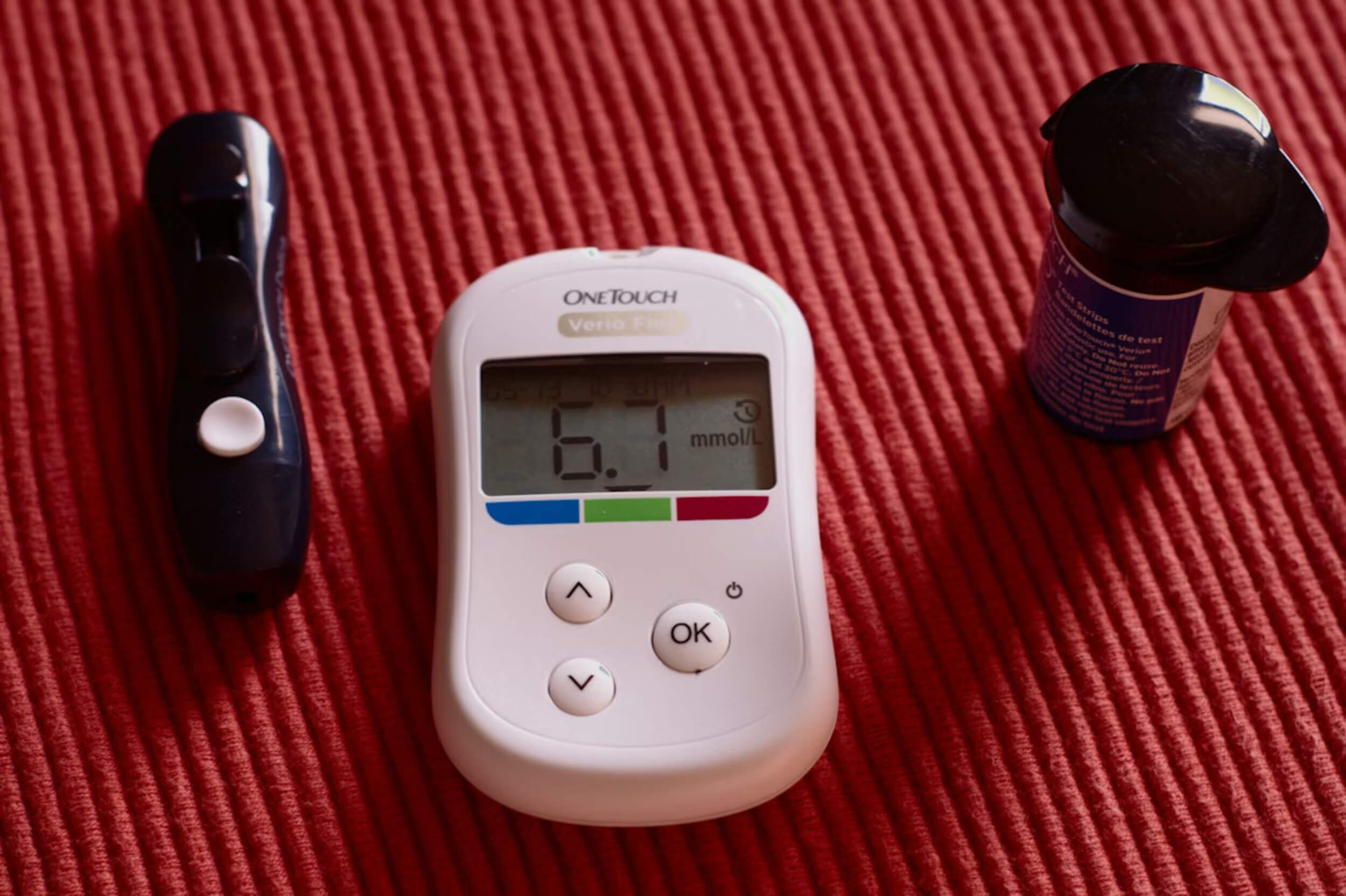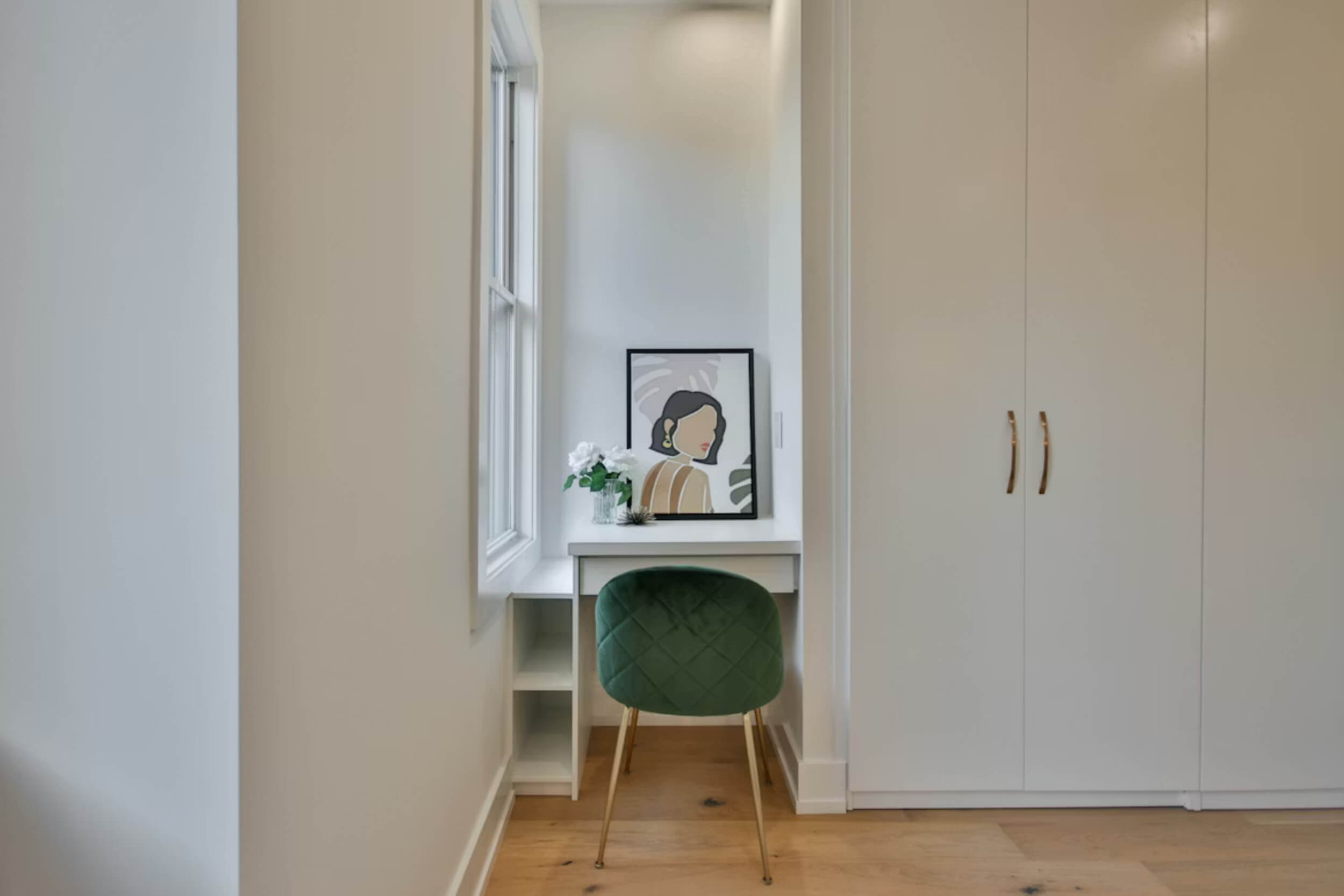Back pain doesn’t always shout—it nags. That nagging back pain sticks around when you’re trying to work, rest, or even just sit still. One moment it’s a dull ache, the next it’s a sharp twinge when you bend, twist, or stand up too fast.
A lot of it comes from how we live. Long hours sitting, poor posture, weak core muscles, and tight hips all put extra strain on your back. Even stress can sneak in and make everything feel tighter. The way you sleep, carry a bag, or slump on the couch can all add up.
Here’s the good part: relief doesn’t always mean taking pills or doing hard workouts. Gentle movement, small posture tweaks, and everyday habits often make the real difference. Back pain may be common, but it doesn’t have to be constant.
7 Gentle Stretches That Can Make a Big Difference
No need for fancy gear—just simple, gentle stretches can ease nagging back pain, loosen tight muscles, and support your spine. Even one or two daily can make a big difference.
1. Child’s Pose (for calming the lower back)
This stretch helps your back feel supported and calm. It’s one of the easiest ways to release tension without straining your muscles. Sit back on your heels, bring your knees wide, and reach your arms forward while lowering your head to the floor. Let your chest melt toward the ground. You’ll feel a gentle stretch through your lower back and hips. Try to hold for 30 seconds to a minute while breathing slowly. This is a great go-to stretch for when your nagging back pain feels heavy and you just need a soft reset.
2. Supine Twist (to loosen tight back muscles)
A gentle twist can do wonders for a stiff spine. Lie on your back, bend your knees, and slowly lower them to one side while keeping your shoulders flat. Stretch your arms out like a “T” and look in the opposite direction of your knees. You should feel a twist through your back and side waist. Hold for 20–30 seconds, then switch sides. This stretch helps keep your back and hips mobile, especially if nagging back pain tends to show up in the mornings or after long car rides.
3. Standing Forward Fold (to stretch the spine and hamstrings)
This stretch gives your back and legs a break from the pressure they carry all day. Stand with feet hip-width apart, knees slightly bent, and slowly bend forward at the hips. Let your arms dangle and your head relax. You should feel a stretch down the back of your legs and along your spine. Don’t force it—just let gravity do the work. Breathe deeply and hold for about 30 seconds. It’s especially useful if your nagging back pain is linked to tight hamstrings or long hours on your feet.
4. Knees-to-Chest (to gently release the lower back)
Lie flat on your back and bring one or both knees toward your chest. Wrap your arms around your legs and gently pull them closer. This stretch helps ease pressure on your lower back and feels especially good at the end of the day. Keep your shoulders down and neck relaxed as you hold for 30 to 60 seconds. It’s a great way to calm your body when nagging back pain has been building up after sitting too long or standing still for hours.
5. Seated Side Stretch (to release the mid-back and waist)
Grab a comfortable seat, cross your legs, and sit tall. Reach one arm overhead and gently lean to the opposite side until you feel a stretch along your ribs and waist. Avoid tipping forward or twisting—keep it smooth and steady. This move helps open up your mid-back and sides, which often get tight after a full day of slouching or typing. Switch sides after about 20–30 seconds. If nagging back pain shows up after long work sessions, this is a smart stretch to keep nearby.
6. Wall Angels (for posture and upper back pain)
Stand against a wall with your feet a few inches out and your lower back pressed in. Raise your arms so your elbows and hands touch the wall, like a goalpost. Slowly slide your arms up and down the wall in a snow-angel motion, keeping your back flat. Repeat 10 times. This strengthens the muscles that help with posture and eases tension between your shoulders. If your nagging back pain is more upper-back or posture-related, wall angels can gently remind your body how to realign.
7. Piriformis Stretch (to ease pain radiating from the lower back to legs)
When tight hips are behind your back pain, this stretch can help. Lie on your back, bend both knees, and cross one ankle over the opposite thigh. Gently pull the bottom leg toward you, keeping the top knee relaxed. You’ll feel a stretch in your glutes and hip. Hold for 20–30 seconds, then switch sides. This is especially helpful if nagging back pain travels down into your legs, often linked to tension in the piriformis muscle pressing on nearby nerves.
Small Fixes That Help Your Back Feel Better Every Day
Stretching helps, but the way you move and rest throughout the day matters just as much—especially when nagging back pain keeps coming back.
Try these simple fixes:
• Fix your posture – Even slight slouching can strain your spine. Sit and stand a little taller.
• Change positions often – Set a reminder to stand up or walk every 30–60 minutes.
• Sleep smarter – Use pillows to support your back and knees.
• Carry bags evenly – Avoid loading one shoulder with all the weight.
• Strengthen your core – Gentle moves like bird-dogs help reduce back stress.
Small daily habits like these can go a long way in keeping nagging back pain from getting worse.
When It’s More Than Just a Nagging Pain
Back pain isn’t always about tight muscles or bad posture. Sometimes, it’s a sign your body needs more than just stretching or rest. If nagging back pain sticks around or starts to feel different, it’s worth paying closer attention.
Here are signs you shouldn’t ignore:
• Pain that travels down one leg
• Numbness or tingling in your legs or feet
• Pain that hasn’t improved after a few weeks of home care
These could point to something deeper, like a nerve issue. There’s no shame in asking for help. A physical therapist or doctor can check what’s going on and guide you through the safest way to heal that nagging back pain for good.
Final Thoughts on Easing Back Pain Without Overdoing It
Nagging back pain doesn’t always need a big fix. You don’t have to power through intense workouts or overhaul your whole routine. What helps the most are the small, steady changes you stick with. A simple stretch in the morning, standing up a little straighter during the day, or swapping your sleeping position can start to ease the strain.
It’s okay to take it slow. Try one thing at a time and see what makes your body feel just a bit better. The goal isn’t to chase perfection or force your way through the pain. It’s to feel more supported, more comfortable, and more confident in how you move through your day. Even small habits can lead to big relief when nagging back pain keeps coming back.















